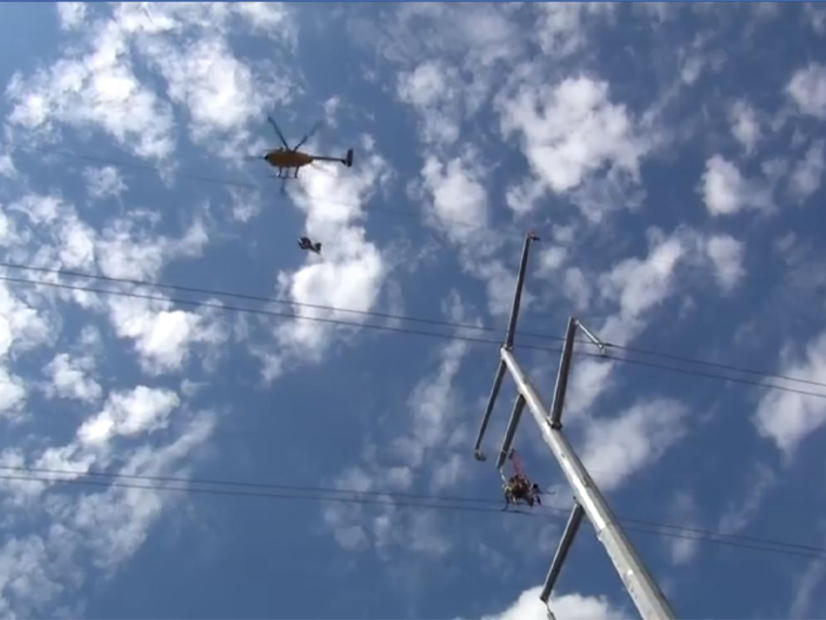MISO’s Independent Market Monitor is condemning the modeling software MISO uses to plan its second long-range transmission portfolio.
MISO held another long-range transmission planning (LRTP) workshop Dec. 1, during which it rehashed its analyses pointing to a need for more backbone transmission. Meanwhile, IMM David Patton criticized the resource expansion tool MISO uses to plan transmission as unsophisticated and not up to the job of helping develop a collection of multibillion-dollar transmission lines.
Patton said MISO’s modeling software continues to decide to hypothetically “build an enormous amount of generation that goes beyond states’ plans,” distorting the amount of new transmission facilities needed in the future.
He said MISO’s capacity expansion tool used in modeling, the Electric Generation Expansion Analysis System (EGEAS), might not be the best fit to plan LRTP portfolios. Patton said EGEAS prioritizes economics above all, choosing to add intermittent renewable energy and ignore the reliability benefits and attractive higher capacity accreditations of battery storage and hybrid resources.
Patton said MISO should test transmission projects under different sensitivity cases before moving ahead with recommendations.
“The LRTP is not a generation expansion plan. It’s a transmission expansion plan,” WEC Energy Group’s Chris Plante said, requesting that MISO run a sensitivity that doesn’t use EGEAS’s resource expansion predictions.
Patton has said MISO is at risk of overbuilding the system because it’s overestimating renewable additions and baseload generation retirements while undercounting future battery storage and natural gas additions. (See MISO Promises Analyses on Long-range Tx; Stakeholders Divided on IMM Involvement.)
Minnesota Public Utilities Commission staff member Hwikwon Ham thanked MISO for not trying to assume the role of resource planner and not second-guessing utilities’ and states’ resource planning and decarbonization goals.
“When a utility makes those announcements, they’re not making those announcements for fun,” Ham said, adding that intensive analysis goes into resource plans.
MISO Vice President of System Planning Aubrey Johnson said MISO continues to hold discussions with the Independent Market Monitor about his vision of resource expansion in MISO.
“I think we have some different views about EGEAS and modeling tools,” Johnson said.
Johnson said MISO will strive to build a portfolio of the least-cost solutions that work under a variety of scenarios, including a smaller-sized resource expansion.
Last month, MISO said it found significant overloads, voltage violations and congestion on the system absent a second LRTP portfolio when it applied its envisioned 2042 resource mix in studies. Those conclusions stemmed from MISO’s initial economic and reliability analyses under its second LRTP portfolio. (See MISO Says Overloads and Congestion Loom Without 2nd Long-range Tx Portfolio.)
MISO’s reveal of which lines it may pursue is pending. Results from the economic and reliability analyses will set the stage for which lines MISO will recommend.
MISO will host additional LRTP workshops Jan. 26 and March 15. It will open an LRTP submission window for stakeholders to suggest project needs in late January.
Executive Director of Transmission Planning Laura Rauch said the grid operator is reassessing its goal to finalize the second LRTP portfolio for approval in the first half of 2024. Rauch said if it appears MISO’s recommended portfolio needs more “robustness testing,” MISO will take time to conduct more analyses.


